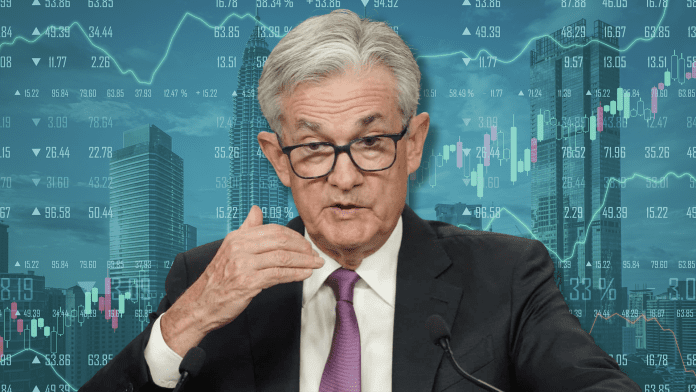The Federal Reserve has hiked interest rates once again, this time by 0.25%, but appears poised to discontinue the dis-inflationary tactic.
After the last increase in February, Fed Chair Jerome Powell warned that “ongoing increases in the target range” would be necessary to combat inflation based on increases in the Consumer Price Index. This time around the Federal Open Market Committee, the group responsible for adjusting U.S. monetary policy, appeared much less certain about the appropriate course of action.
In a statement, the board said it would “closely monitor incoming information and assess the implications for monetary policy.” The committee also noted that it expected “some additional policy firming” to continue battling inflation, but did not go into further specifics.
While the announcement makes it clear that the U.S. economy is far from healthy, the committee’s decision to not re-affirm Powell’s early-year outlook on interest rate hikes suggests that the need for dis-inflationary tactics has lessened since February. Supply and demand have begun to balance due to the steady rates of consumer spending and recovered production. This stabilization could be preventing growth in prices, which rose roughly 0.6% in January. If inflation remains consistent, or even decreases, the Fed could begin lowering rates sooner than expected.
However, the board’s non-committal stance is more likely influenced by recent concerns over America’s monetary system, a reaction to the unexpected failures of two banks in California and New York. Although worries about further closures have since faded, any antagonistic move from the Fed was likely to reignite panic, leading to problematic actions. With the end of the first quarter at hand, it remains to be seen if the committee’s path will become any clearer in the coming weeks.
For dealers, this recent development could complicate their financial plans for 2023. While supply levels have started to normalize, affordability continues to keep many customers at home. In addition to high car prices, buyers are now facing record-breaking auto loan and insurance payments. Jessica Caldwell, Edmund’s executive director of insights, remarked that inventory was only one piece of the puzzle. “Since most car buyers need a loan, another increase in interest rates will only continue to hinder what has already become a very expensive proposition.” Without guidance on future adjustments, those waiting for interest rates to decline will now have to watch the Fed more closely than ever.



